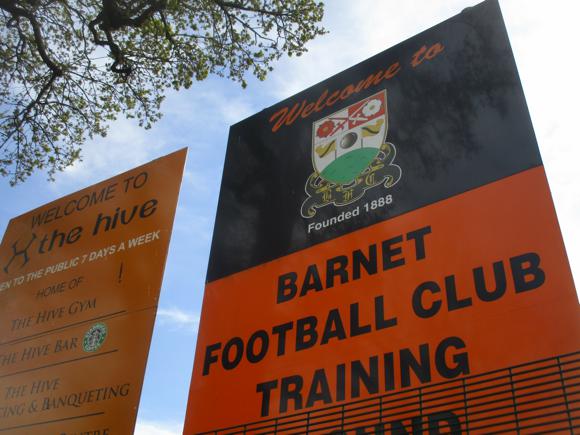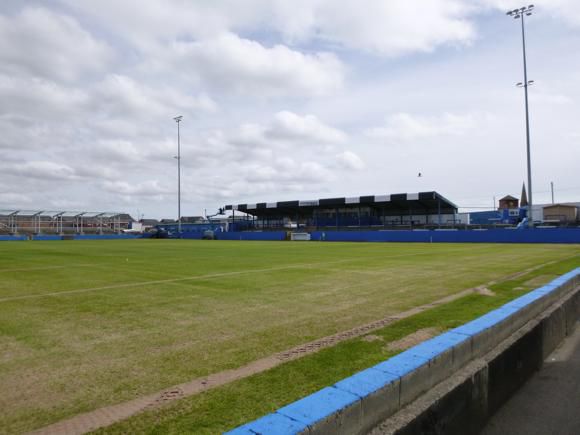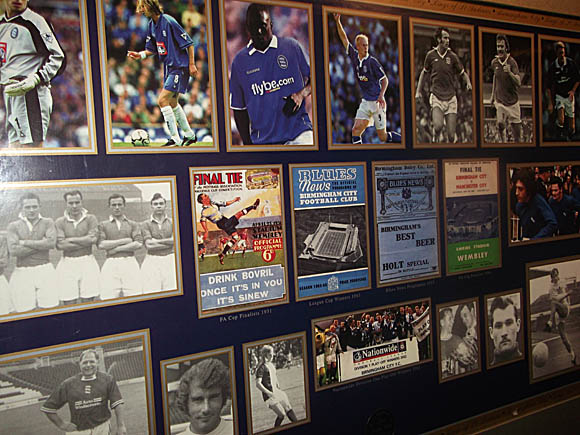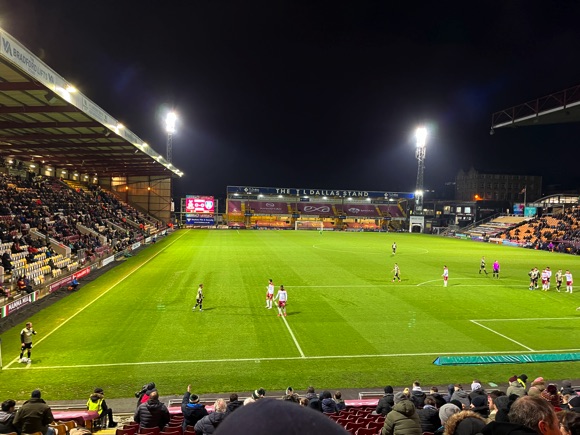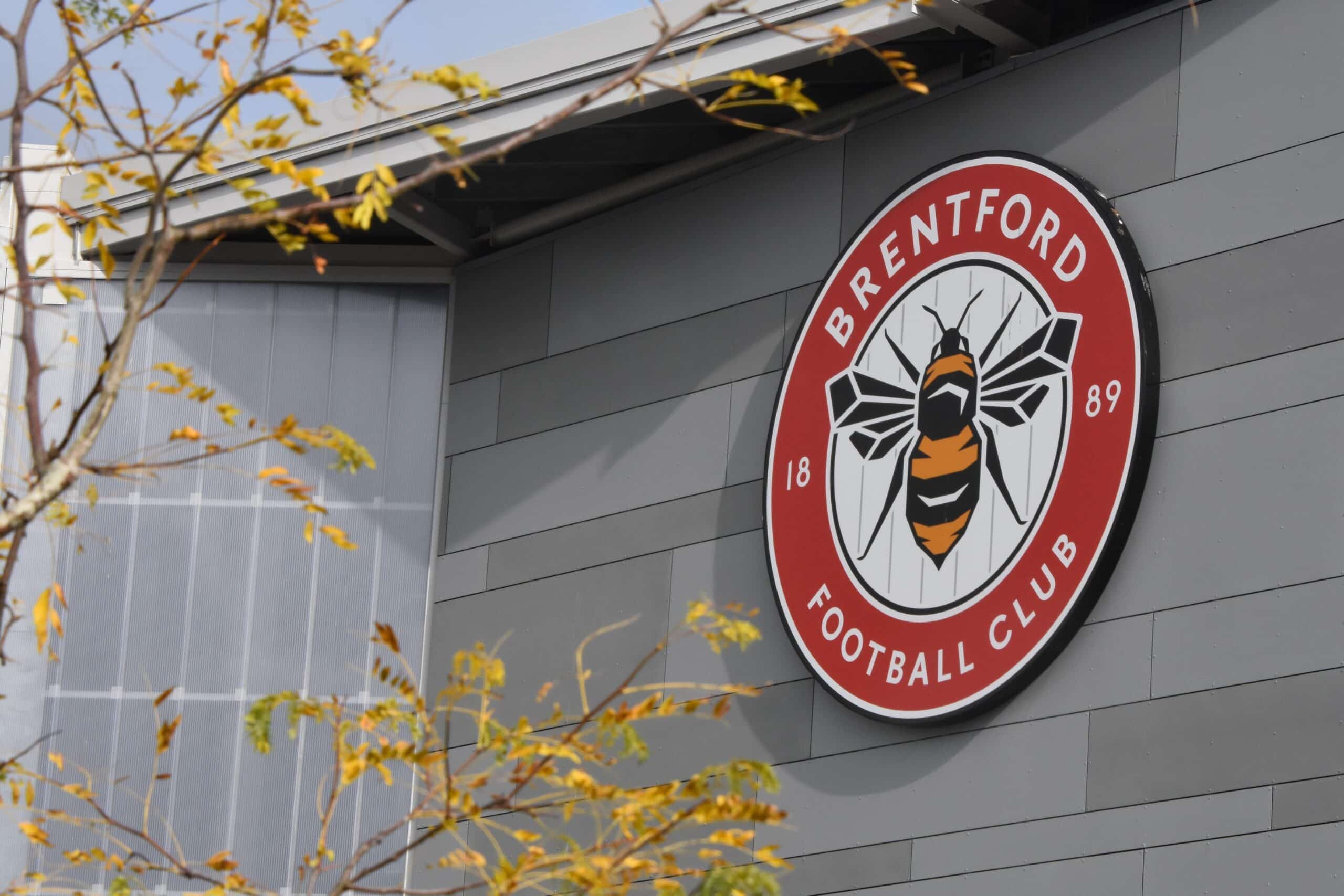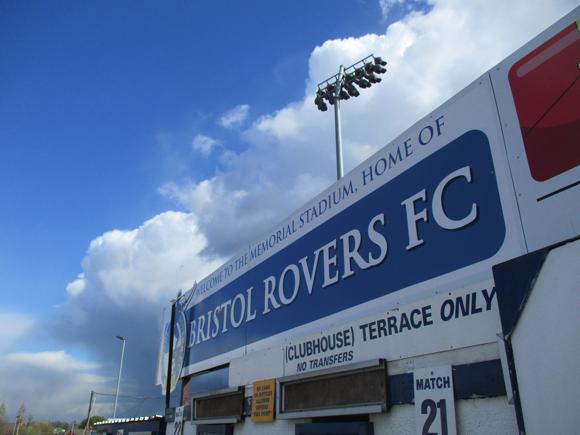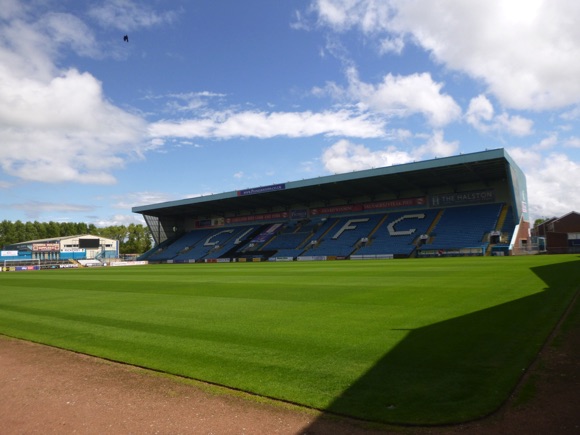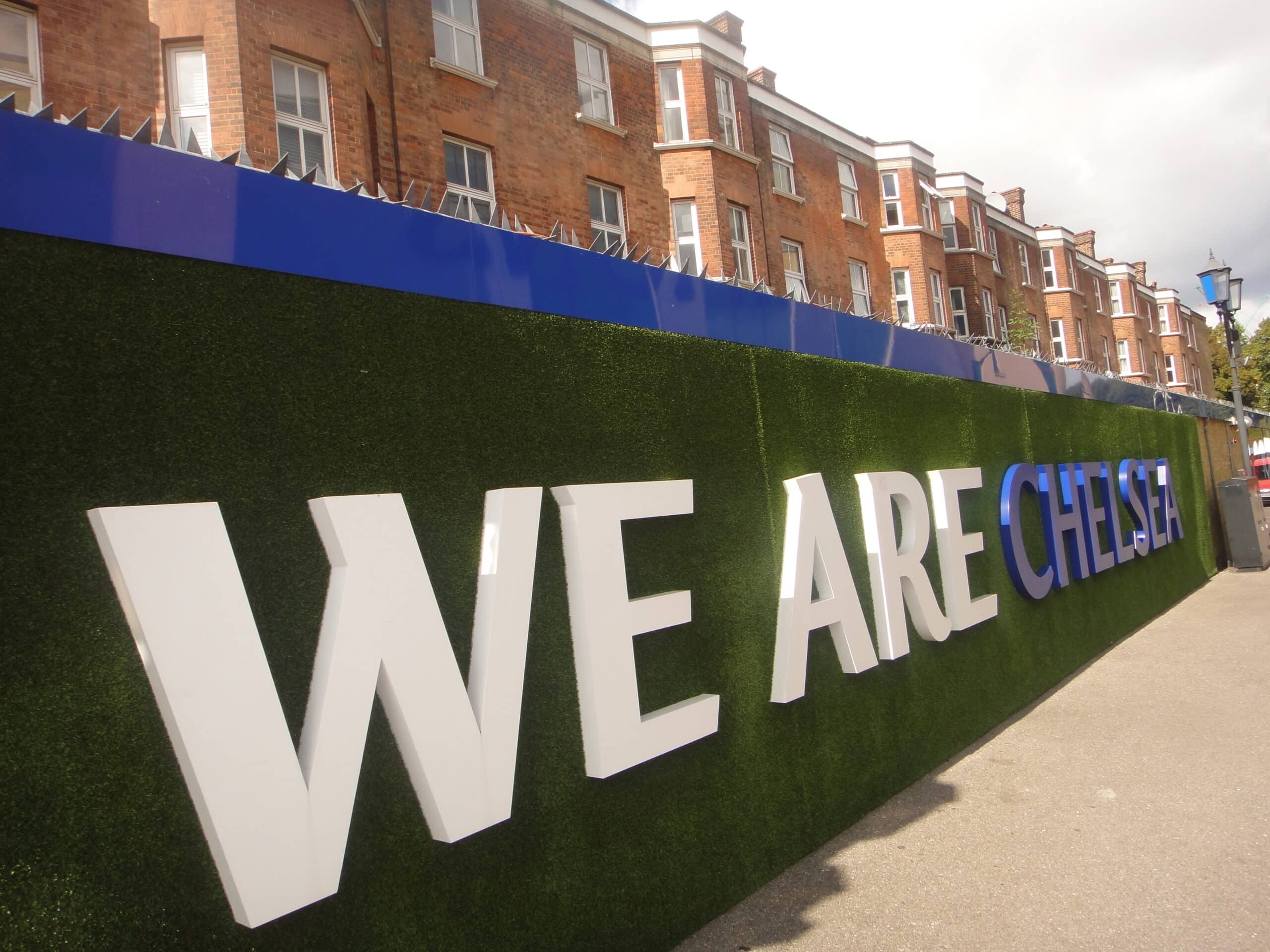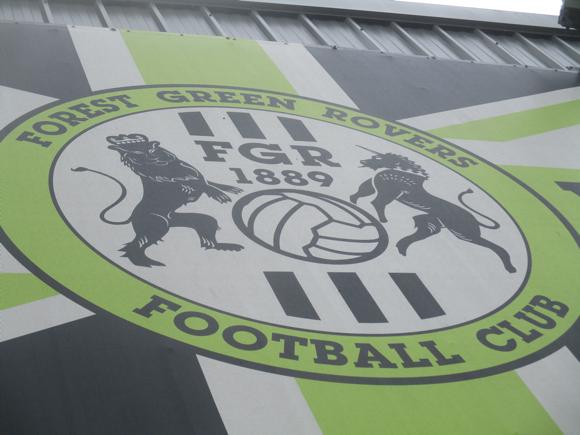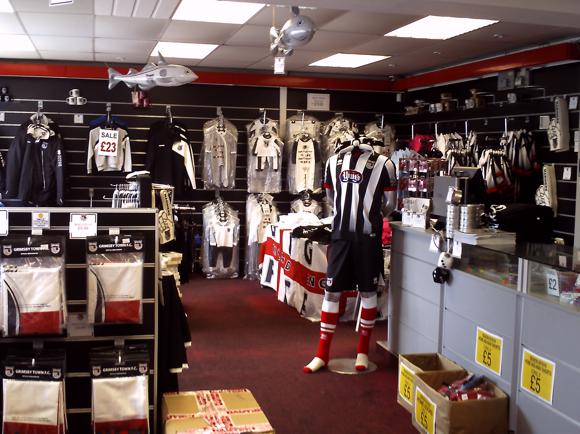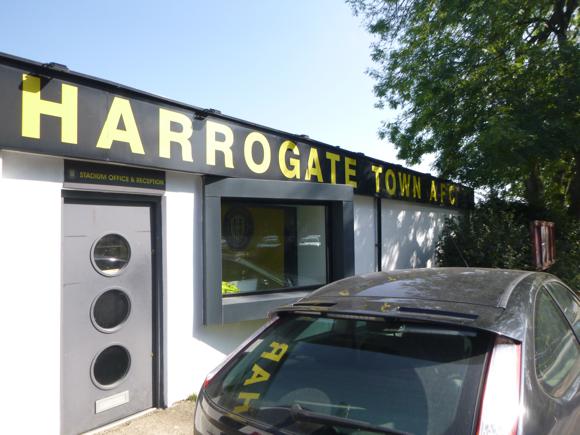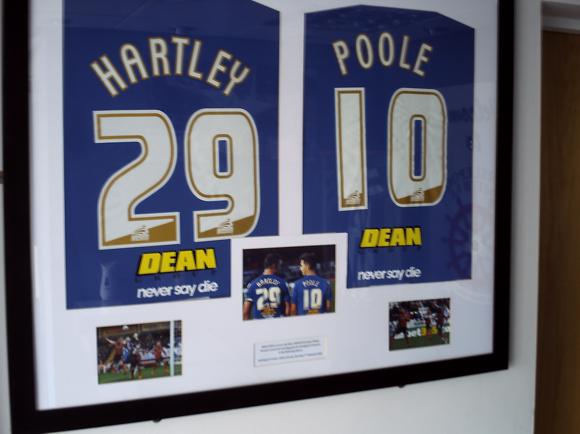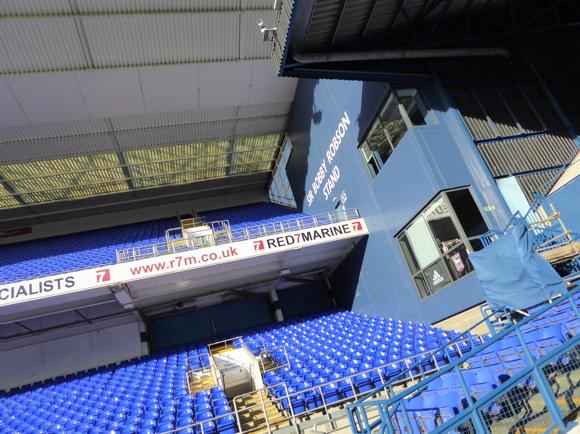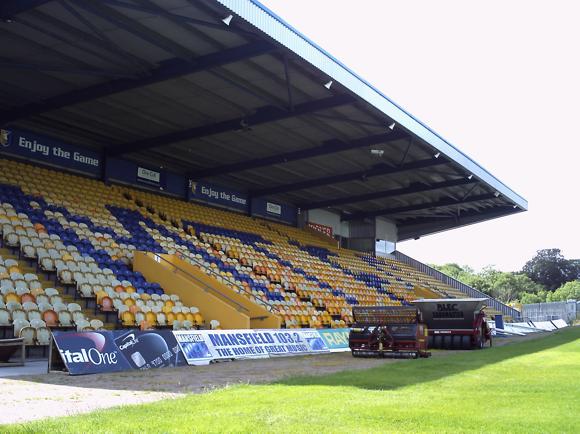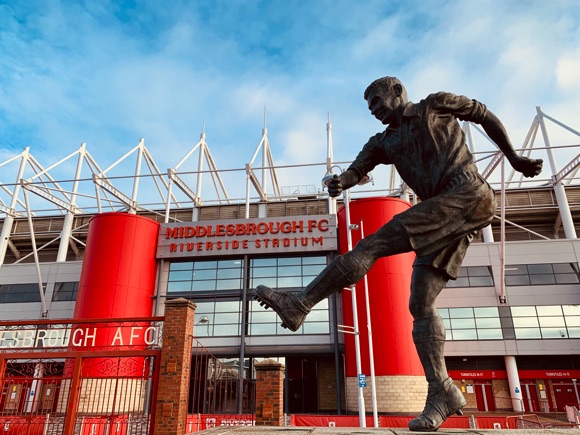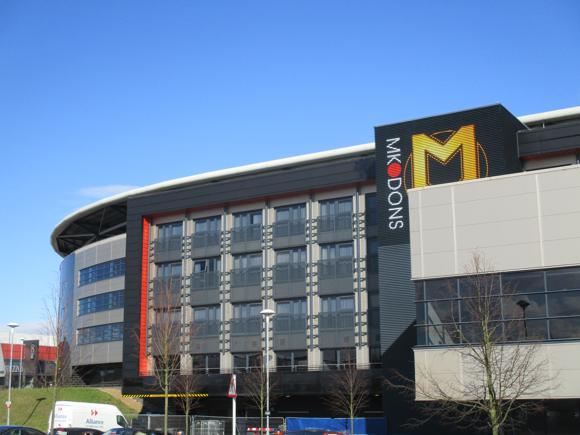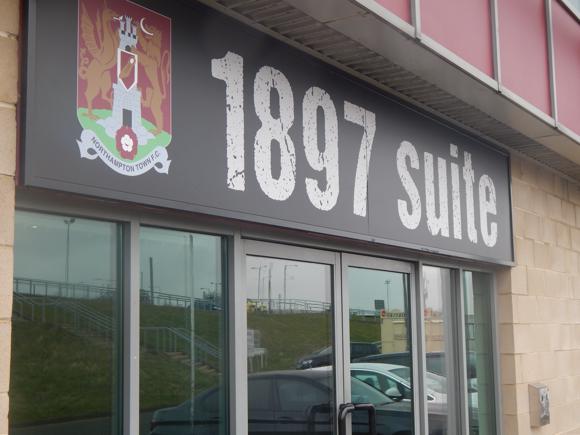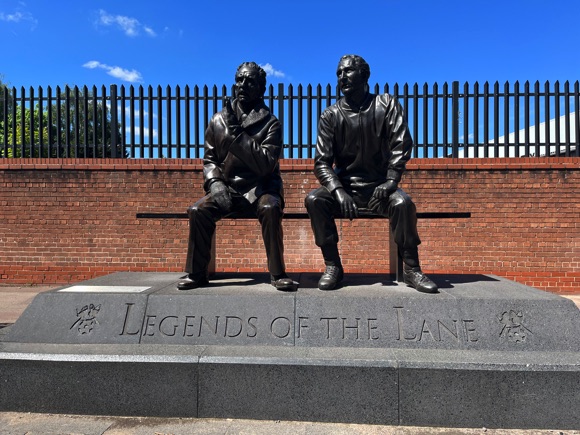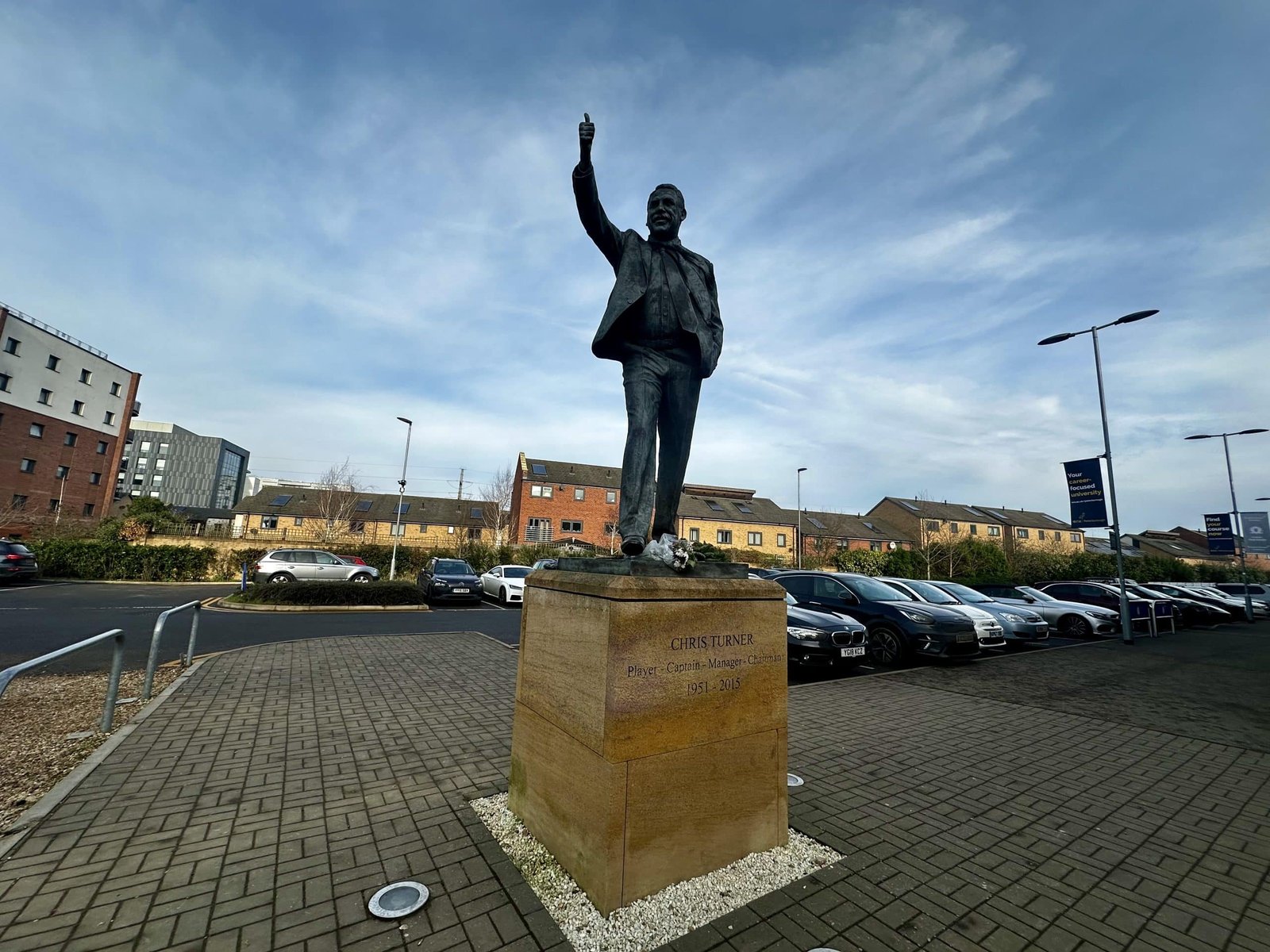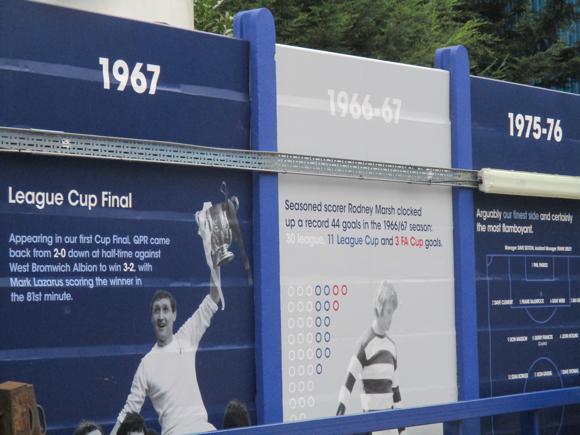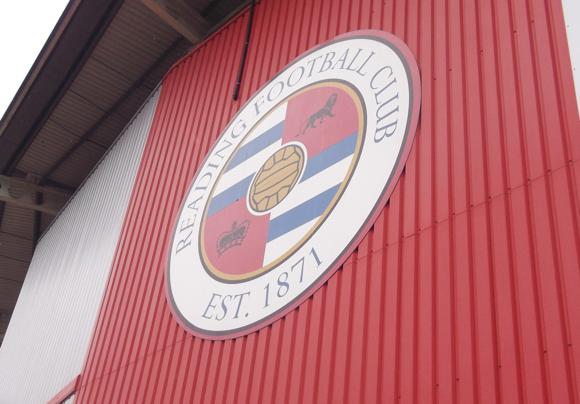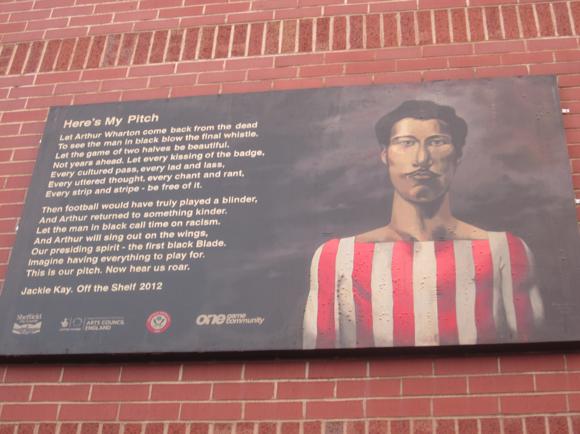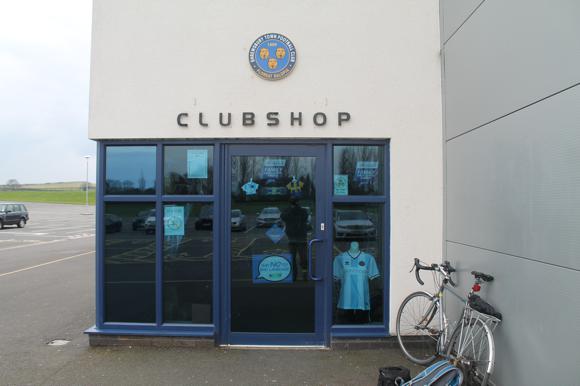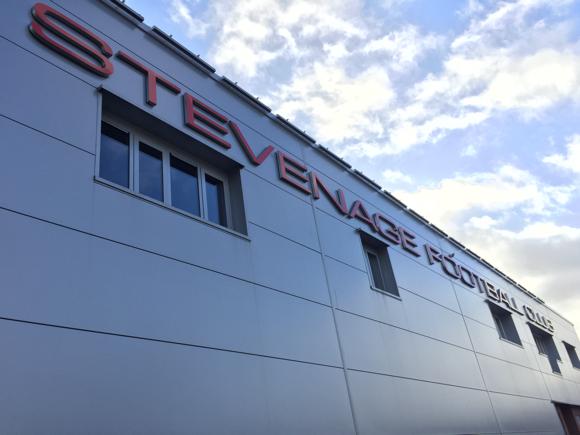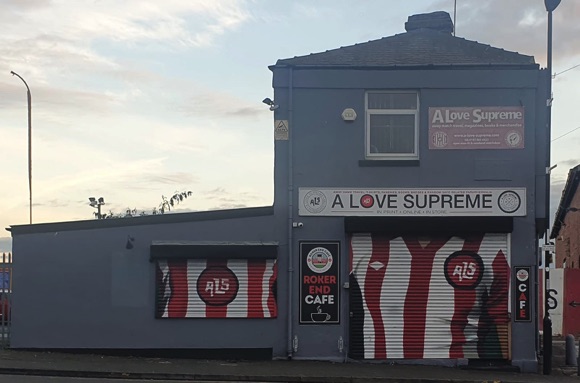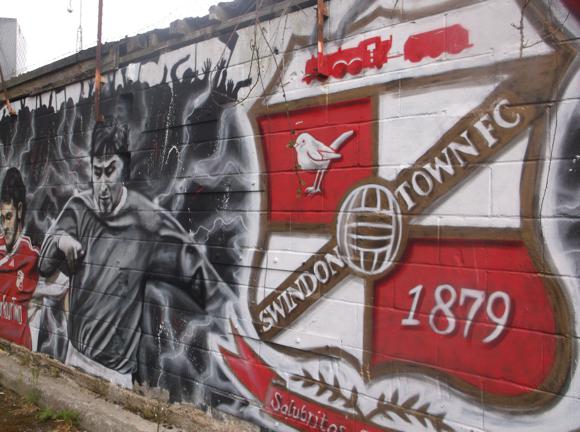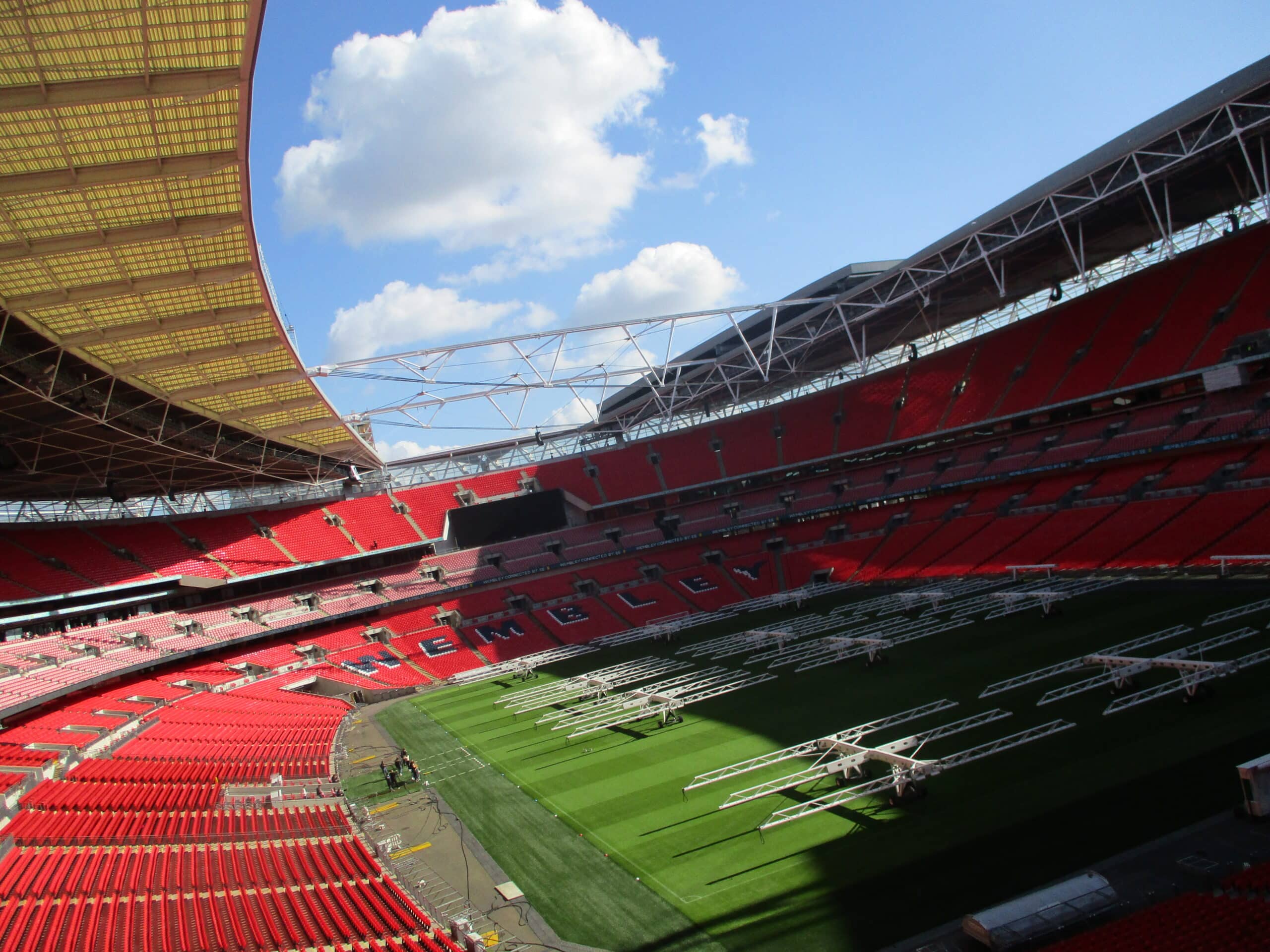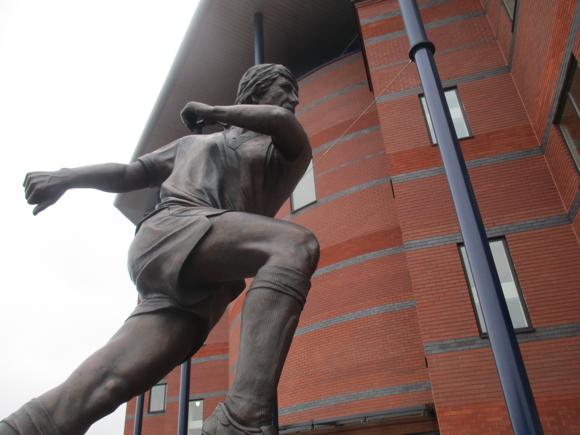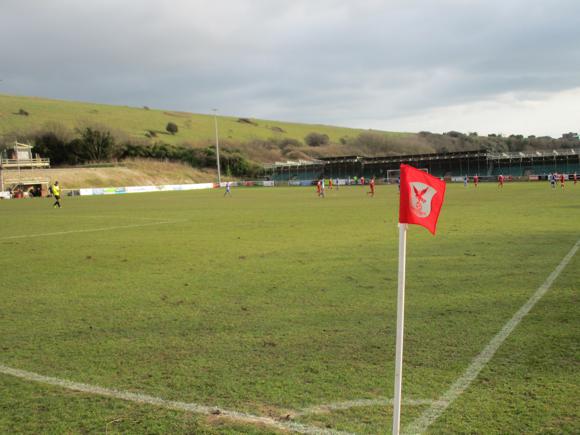A fan’s guide – the club from early doors to today
Outside Derby County’s gleaming home ground stands a statue of a managerial duo holding a trophy – one that they won before leaving for the club’s bitterest rivals.
Brian Clough and his assistant Peter Taylor are revered by Derby and neighbours Nottingham Forest alike. Their legacy towers over both like a colossus.
Before the pair led Forest to the European Cup in 1979, they piloted County to a first ever league title in 1972. And with such audacity, their legend lives on.
The Clough name later endured when son Nigel managed the Rams for a four-year spell until 2013.

Before the Clough dynasty began in 1967, Derby had long been second flight. In fact, in a history dating back to 1884, Derby had prospered only fleetingly, spearheaded by Steve Bloomer before 1914 and Raich Carter after 1945 – offset by a single consistent decade in between.
Formed as an offshoot of Derbyshire County Cricket Club, Derby County were one of the original 12 members of the Football League in 1888.
Bloomer arrived in 1891, a raw teenager mentored by the great John Goodall, top scorer for unbeaten inaugural league champions Preston in 1888-89. Derby duly gained runners-up spots in league and cup, then made two more cup finals with Bloomer.
In his first stint at Derby, Bloomer notched a phenomenal 239 goals in 375 league games. During that time, Derby moved from the Racecourse Ground, shared with the cricket club, to the Baseball Ground, shared with Derby’s title-winning baseball club whose lynchpin was… Steve Bloomer. The move also saw the football club switch colours, from equestrian combinations of chocolate and sky blue, to stark white and black.
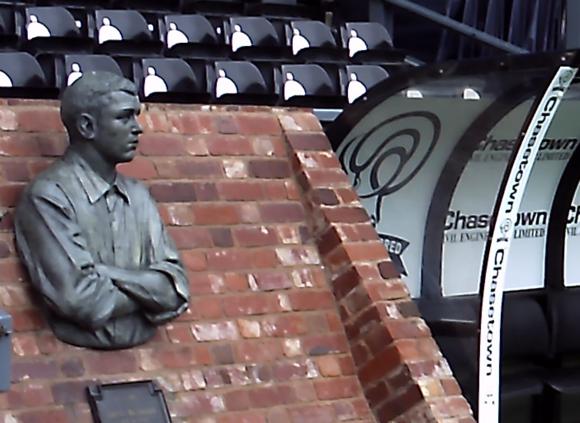
Bloomer’s enforced departure from cash-strapped Derby in 1906 soon saw the Rams relegated – his return helped them regain First Division status in 1912. His overall haul of 332 goals in varying Derby colours will never be matched.
Post-Bloomer, Derby dipped until the club persuaded ex-Newcastle defender George Jobey to leave the hotel trade and return to football management. In Jobey’s 26 years at Derby, the Rams mounted continual title challenges, with nine top-six finishes, including two runners-up spots.
Jobey bowed out in 1941. By chance, Raich Carter and Peter Doherty, League champions with Sunderland in 1936 and Manchester City in 1937, were then stationed near Derby with the RAF. Signed up to County in 1945, the English and Northern Irish inside-forwards took the Rams to the first post-war FA Cup final of 1946. With the game pegged at 0-0, Charlton’s Bert Turner scored late goals at either end before Carter and Doherty’s Derby roared ahead in extra time, 4-1.
Subsequent lean times included a brief spell in the third tier. Again facing relegation, Derby chairman Sam Longson followed the advice of former Sunderland star Len Shackleton to hire the managerial duo of Brian Clough and Peter Taylor from Hartlepools United.

Bringing over their former charge, a teenage John McGovern, signing little-known centre-back Roy McFarland from Tranmere and centre-forward John O’Hare from Sunderland, and moulding his strike partner Kevin Hector, Clough-Taylor created a Derby team that returned to the First Division in 1969.
Guiding the side from the back was Dave Mackay, signed from Spurs for a song. Though the influential Scot had left before 1971-72, Clough had already signed a former youth-team charge at Sunderland, Colin Todd. The topsy-turvy season saw Derby triumph over George Best’s Manchester United and, on the last day, Bill Shankly’s Liverpool and Don Revie’s Leeds. Derby having already completed their games, Clough’s players were on a beach in Majorca when news of the title win came through.
In the subsequent European Cup, Clough famously lost his rag when Juventus beat Derby 3-1 in Turin, McFarland’s early yellow card limiting his effect in the semi-final. Juve duly shut out Derby in the return leg. Later that year, Clough’s further outbursts saw him and Taylor leave the club.

Their replacement, a returning Dave Mackay, proved more than just a steady hand. In Mackay’s first full season of 1974-75, with compatriot midfielder Bruce Rioch top scorer and Todd outstanding, plus goals from old warhorse Francis Lee, Derby won an unexpected second title. In a memorable subsequent European Cup tie, a Charlie George hat-trick in a 4-1 home win over Real Madrid was overturned by a 5-1 reverse at the Bernabéu.
Decline and financial woes characterised Derby’s next two decades.
The move to the new Pride Park stadium in 1997 failed to arrest the trend of fleeting top-flight stints followed by turmoil in the lower tiers. In 2007-08, County earned a record low 11 Premier League points and a solitary victory, a particular nadir.
After Nigel Clough’s departure in 2013, former Rams player and ex-England boss Steve McClaren orchestrated a dramatic upturn in second-flight form – though not fortune. Despite a club record 84 goals, Derby missed out on automatic promotion then lost a Wembley play-off to QPR on a last-minute goal.
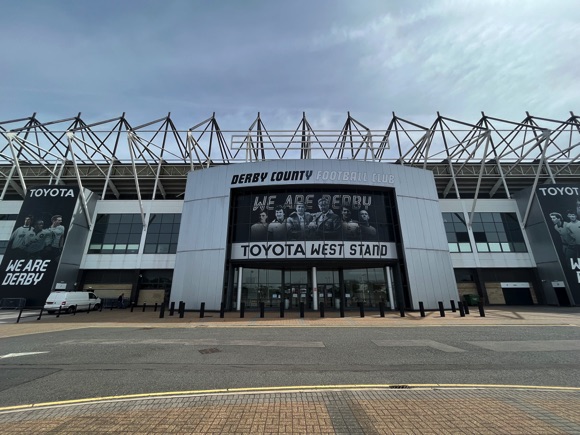
Leading the 2014-15 Championship in March, County endured a poor run-in that led to McClaren’s departure. It was at this point that Derby-born internet millionaire Mel Morris stepped in to take control of the club and oversee a managerial merry-go-round during which McClaren returned, as did former Derby defender Gary Rowett.
After another play-off defeat, to Fulham, Morris brought in Frank Lampard, in his first managerial appointment. He bettered Rowett, overcoming Marcelo Bielsa’s Leeds in a grudge semi-final in 2019 but County were well beaten by Aston Villa in the final in front of a near full house at Wembley.
What wasn’t happening during this time was the club sending in audited accounts. Morris continued to spend big on managers, hiring PSV legend Phillip Cocu, whose disastrous spell at Pride Park led to another England legend, Wayne Rooney, cutting his managerial teeth at Derby.
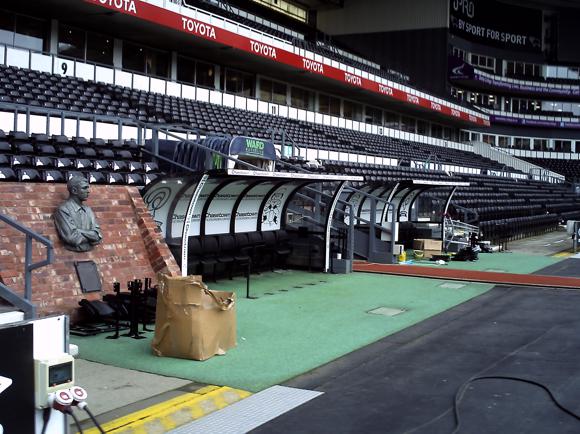
Already in hot water with the footballing authorities, and rooted to the bottom of the Championship table, Derby played an FA Cup tie in January 2021 fielding only academy players against Chorley, citing fears over Covid for the move. Behind the scenes, with salary payments sluggish, Morris was trying to offload the club to foreign buyers.
A ding-dong 3-3 draw with fellow strugglers Sheffield Wednesday sent the Owls down as the relegation situation changed minute by minute during survival Saturday of the 2020-21 campaign. More chaos was to follow as Derby narrowly avoided a points deduction that would have shuffled league places around.
Things then took a turn for the weird when Rooney was involved in pre-season collision on the training pitch his own player, young Ireland international Jason Knight, depleting a shoestring squad even further. County had already been handed a transfer embargo. In September, Derby were deducted 12 points for going into administration. Another nine were docked in November.
Then a bizarre thing happened – Rooney’s Derby started winning. With the arrival of former Turkish international Colin Kazim-Richard, the Rams won four out of five either side of Christmas and survival seemed a slim possibility. The club’s financial situation, however, with tens of millions owed, remained beyond desperate, with liquidation very much on the cards.

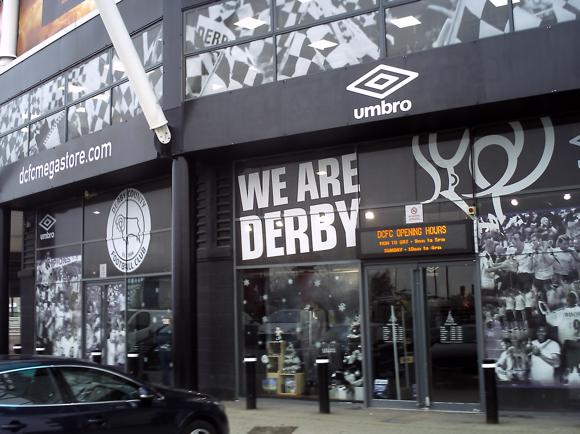
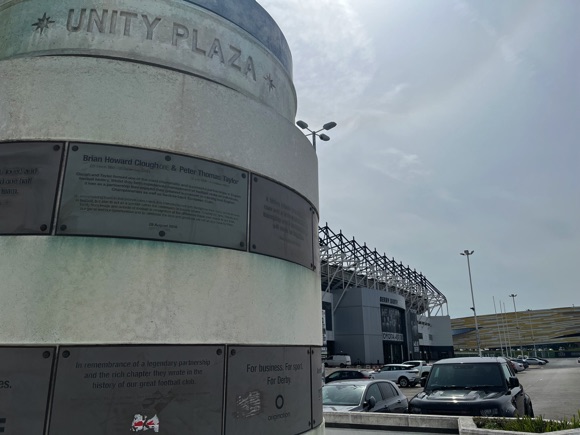



Ground Guide
The field of dreams – and the stands around it

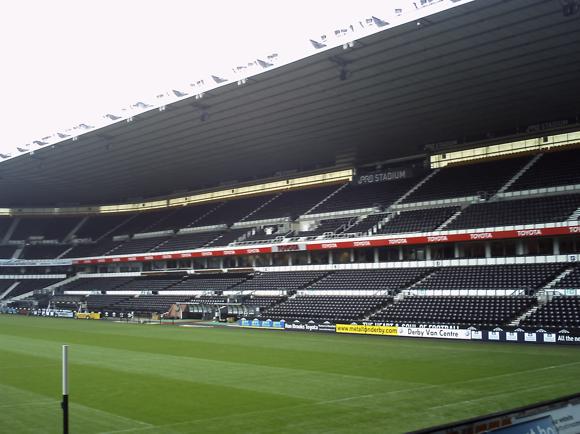



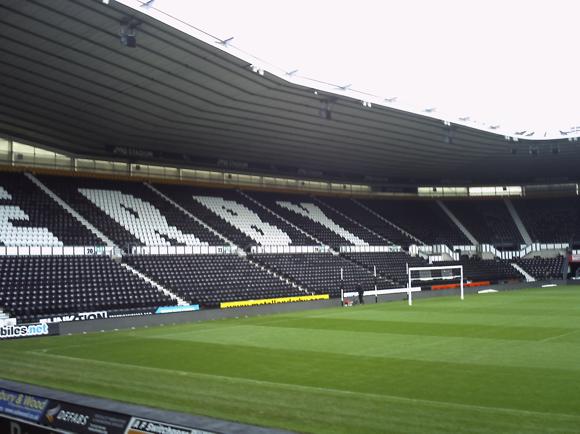
Known as the iPro Stadium until 2016, Pride Park was built to replace Derby’s century-long home at the Baseball Ground south of town.
Though set, typically, in a retail park, this new-build is conveniently close the main train station – walking distance, in fact.
Sampdoria were the visitors when the stadium opened in August 1997, two weeks after the official unveiling by the Queen. Top European names have provided pre-season opposition most years since.
Current capacity is 33,600 – most league crowds here touch just under 30,000. Easily the best attended club in the Championship in 2015-16, Derby had even dipped below Forest in terms of gates by 2018-19.
The stadium is divided into the North and South Stands at each end, East Stand and main West over the sidelines. Away fans are allocated the South East Corner Stand, upper sectors A-C and K-M, and lower A, J-K.
getting there
Going to the ground – tips and timings
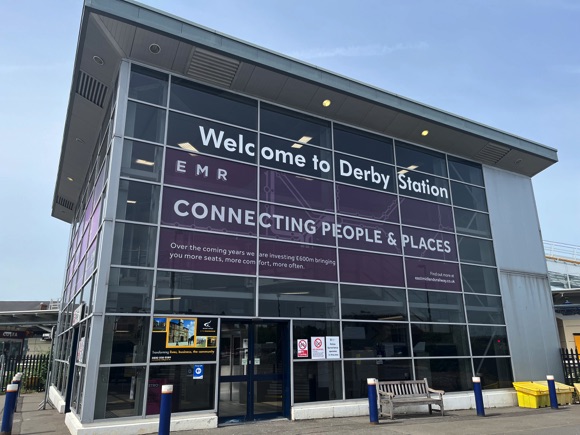



The ground is a 10min walk from Derby train station – follow the signs up the stairs, turn right to the end of the bridge, then right onto Roundhouse Road and left at the roundabout into Riverside Road. This is the quickest way, behind the station.
If you want to nip in for a beer at the city side of the station, turn left at the stairs for the pubs in front of you.
If you’re coming from the city centre, Hawkes Tours lays on a match-day shuttle (£1.50) from Morledge by Derby bus station, every 10mins from 90mins before kick-off. On non-match weekdays, bus F1 runs from Derby bus station to Pride Park every 30mins.
The sat nav code for Pride Park is DE24 8XL. There’s an allocated car park for away supporters at Derby Conference Centre (DE24 8UX) which costs £5, pay at reception and display your ticket. It’s a 10-15min walk to Pride Park, up to the roundabout and then cut through Wilmorton recreation ground. Closer to the ground, the Derby Arena (DE24 8JB) alongside offers limited parking (cash-only £8) that fills quickly on match days.
getting in
Buying tickets – when, where, how and how much
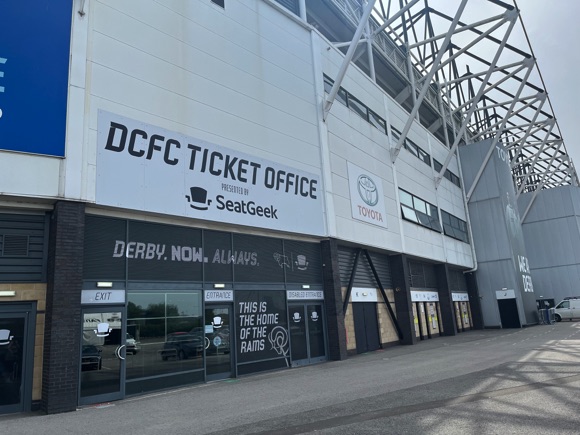
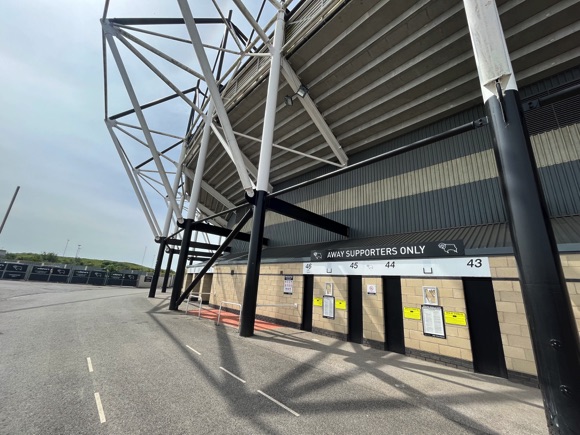
Sales are through the ticket office in the DCFC Megastore (Mon-Sat 9am-5pm, Sun 10am-4pm) behind the north corner of the West Stand, by phone (UK only 0871 472 1884, option 1) or online. Online or phone sales incur a booking fee of £1 per ticket. Matchday tickets incur a levy of £3, £2 discount. Contact ticket.office@dcfc.co.uk for all information.
For league fixtures, prices start at around £23-£24 in the South/North Stands, rising to around £30 in the West. Note that rates rise in certain sectors as demand increases. The earlier you buy, the cheaper you get.
Discounts (over 65s, under-18s) are in the £20 range. Away fans pay £28, discounts £15-£20.
what to buy
Shirts, kits, merchandise and gifts
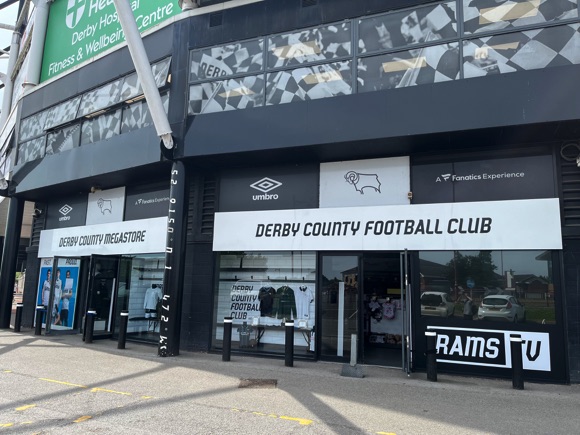

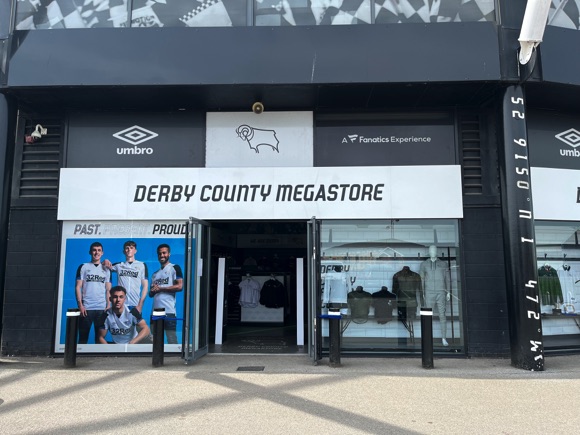

The Derby County Megastore (Mon-Sat 9am-5pm, Sun 10am-4pm) is between the North and East Stands. Away colours for 2021-22 are sky blue with dark-blue sleeves, not a patch on the brown-and-teal pinstripe number of 1994 vintage still being sold as a retro kit, nor the tops of alternating squares of blue from 1988.
All kinds of souvenirs bear the ram logo, alarm clocks, pencil cases and sunglasses.
stadium tours
Explore the ground inside and out

Stadium tours (£10) last an hour and take in the trophy cabinet, home and away dressing rooms, and dug-outs – see this link for details.
Visitors should arrive 15 minutes before their appointed time at the West Stand reception office.
Where to Drink
Pre-match beers for fans and casual visitors


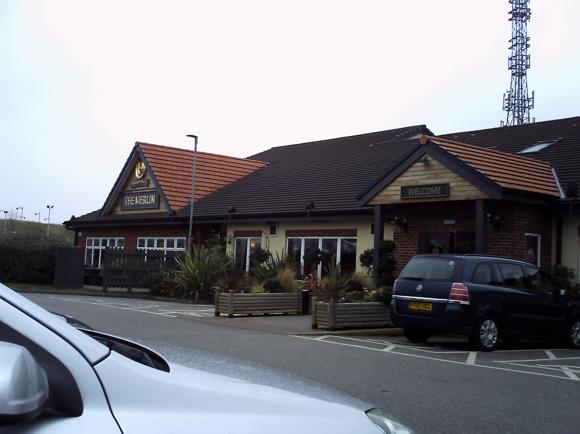
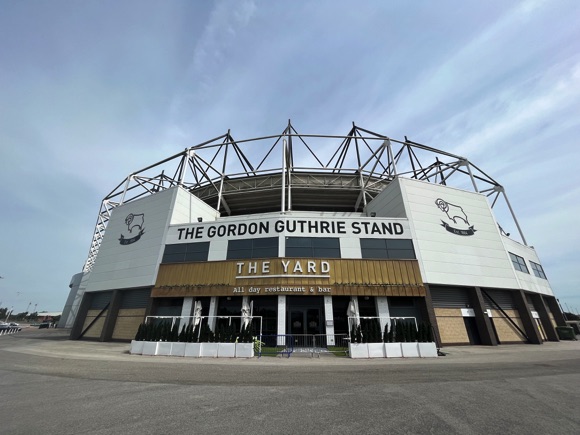

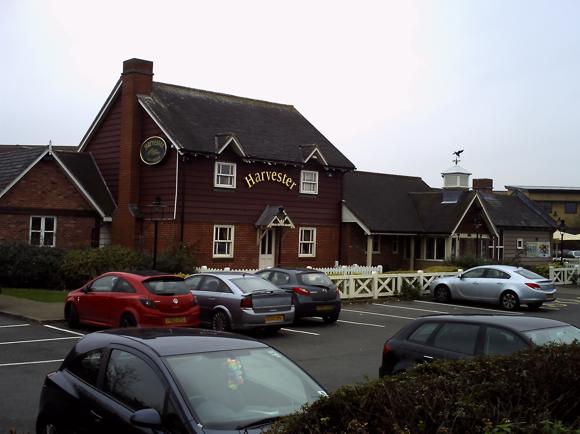
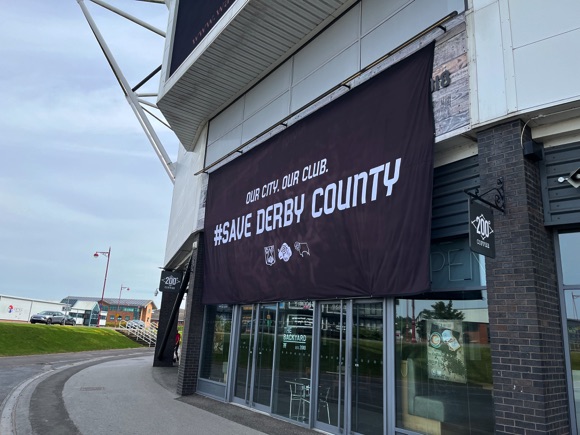


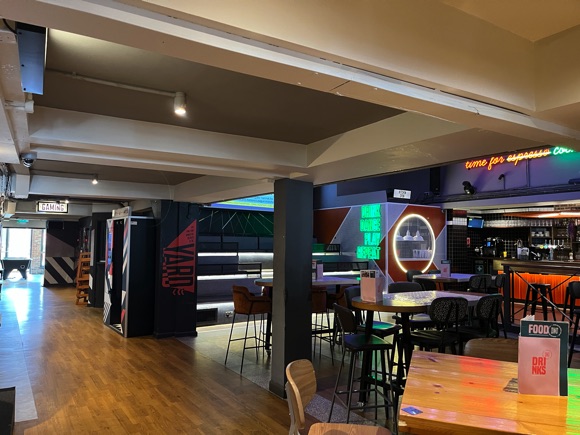

Many fans, home and away, enjoy a pre-match pint at pubs along Midland Road/Railway Terrace opposite the station. At one end, the Brunswick Inn has its own on-site brewery, as well as hand-pulled cask ales, real ciders and craft beers. There’s a beer garden in summer and roaring fire in winter.
At the other, the Station Inn is another traditional alehouse serving Bass beer by the jug. From Midland Road/Railway Terrace, the stadium is a 15min walk – head for the underpass below the station then follow the signposted footpath.
Around the stadium, many use the nearby Harvester Pride Park as a popular match-day bar. In similar vein, on Orient Way, the Merlin is another family-friendly bar/restaurant busy on match days.
In recent years, the club has developed the surrounding area with fast-food and chain outlets. Within the stadium itself, in the West Stand, Igor’s is an upmarket bar/restaurant with panoramic pitch views –admission by table reservation only on match days. All other Derby fans and neutrals are happy to use The Yard and The Backyard, also known to open during the week.








